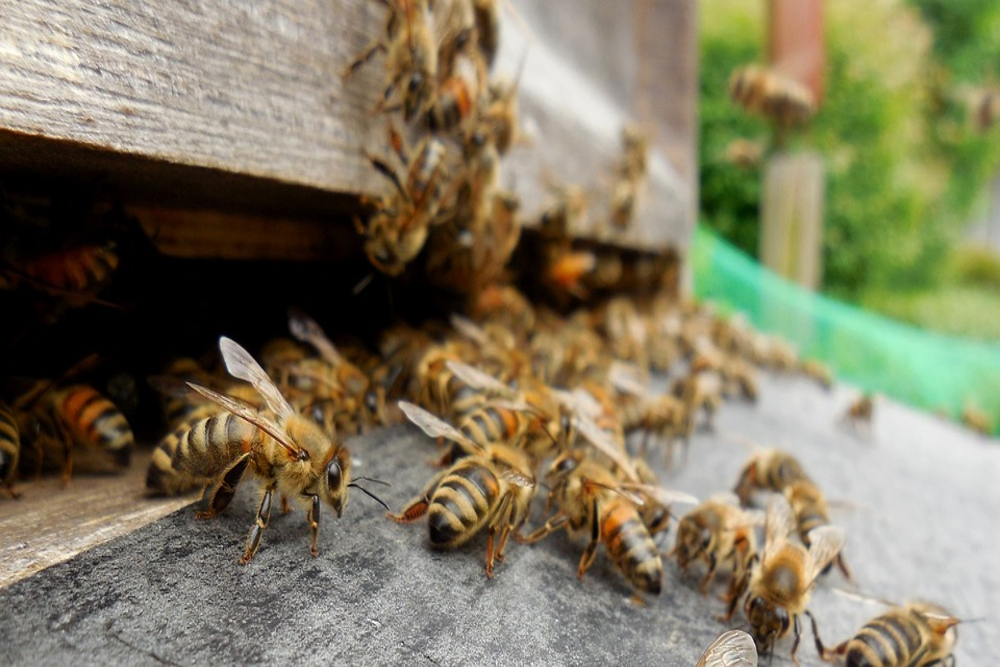
Nearly Two Decades of Data Reinforce Concerns That Pesticides Are Really Bad for Bees
New research has provided some of the strongest evidence yet that pesticides can do serious, long-term damage to bee populations. And the findings may help fuel the ongoing debate about whether certain insecticides should be permitted for agricultural use at all.
August 16, 2016 | Source: The Washington Post | by Chelsea Harvey
New research has provided some of the strongest evidence yet that pesticides can do serious, long-term damage to bee populations. And the findings may help fuel the ongoing debate about whether certain insecticides should be permitted for agricultural use at all.
The new study, published Tuesday in the journal Nature Communications, examines the question of whether the use of a common (and highly controversial) class of pesticides called neonicotinoids can be linked to wild bee declines in England. The results suggest that this could be the case.
Using 18 years of data collected on more than 60 bee species in England, the researchers found that species foraging on pesticide-treated crops have experienced much more severe losses than species foraging on other plants. The study provides some of the first evidence that the effects of neonicotinoid exposure can scale up to cause major damage to bees.
“It’s nice to see the use of long-term data to look at trends in pesticide impacts over longer time scales,” said Dara Stanley, a plant ecology lecturer at the National University of Ireland Galway, by email. (Stanley has previously conducted research on the effects of neonicotinoids in bees, but was not involved with the new study.) “That is something that has been missing in the debate on bees and pesticides so far, and there have been many calls to look at effects over time.”
The use of neonicotinoid pesticides has become hotly contested in recent years, due largely to concerns about their effects on bees and other pollinators. Numerous studies have indicated that exposure to these pesticides can have adverse effects in insects they were not intended for, hindering their ability to pollinate or reproduce or leading to increases in mortality.
